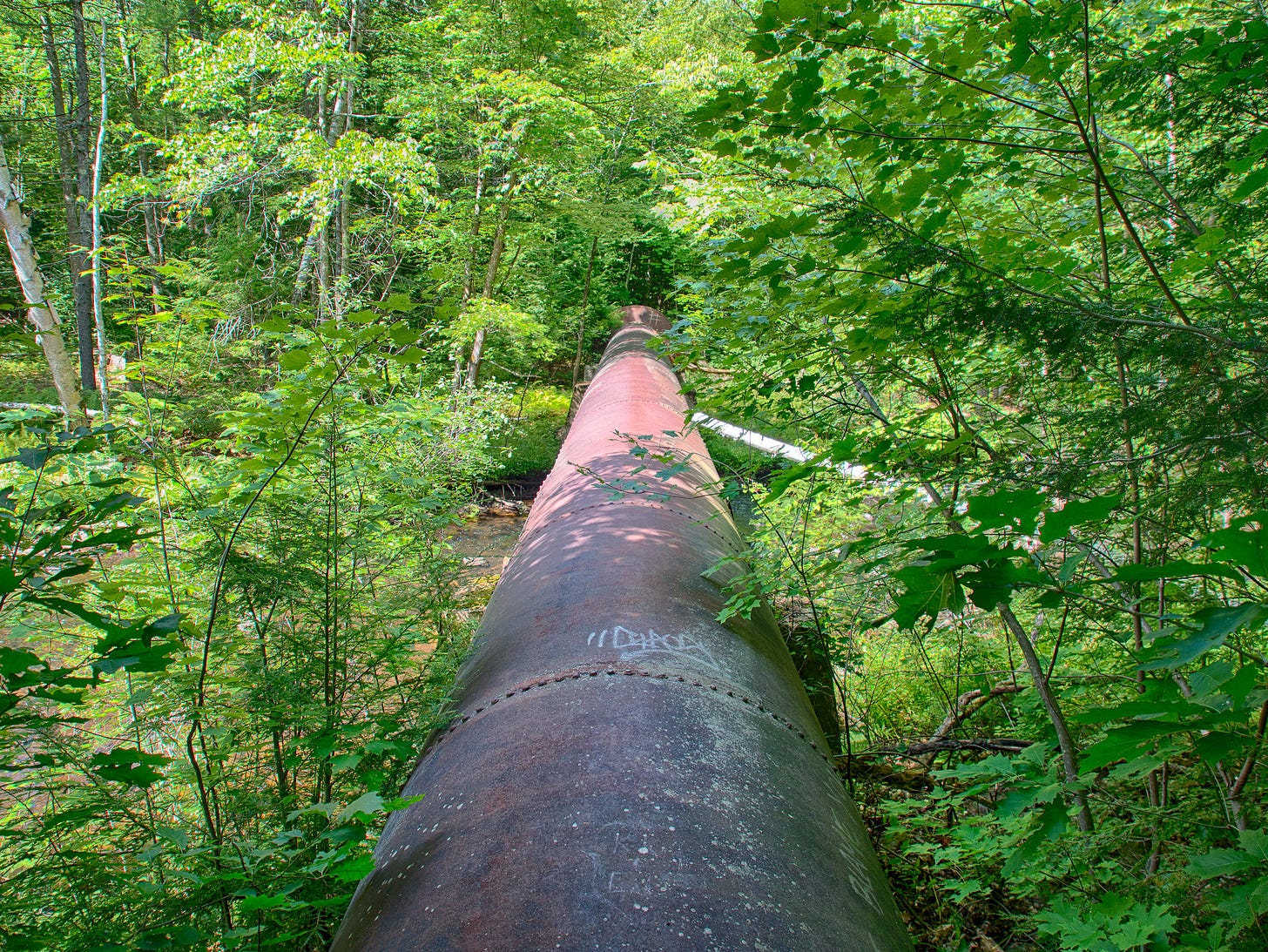FINNS: An Oral History- You Were In Finn Town Here - Earl Somero
New Ipswich Historical Society
FINNS: An Oral History of Finnish-Americans in New Hampshire’s Monadnock Region
Excerpted from FINNS: An Oral History... by Patricia Kangas Ktistes, 1997, all rights reserved.
Earl Somero
When our kids were younger, we used to get a lot of company. I always wanted to take people on a tour to see highlights of New Ipswich. This town was founded about 250 years ago [granted in 1735], so there is a lot of history.
My first stop was the Revolutionary War cemetery with old gravestones. No, I never did try to pull on the big iron rings of the tombs and open them up. If I went to reach for a ring, I’d only hear Isä [my father] , whether he were there or not, say, “Alla nytt [Not now]!” so I wouldn’t even try.
On this tour, I’d show them Appleton Academy, second oldest academy in the state. We would go by the Barrett Mansion [Forest Hall, c. 1800] and see some of the older homes. I’d go to the Central Cemetery to see the graves of my grandparents Leander and Amanda Somero and my mother’s brother Eino Sorvari, who died at 17. On Christmas Day 1922 he went by sleigh from the farm in Highbridge [part of New Ipswich] to Jaffrey, New Hampshire, to help somebody in need and didn’t dress warmly enough. By the time he got back, he developed pneumonia and died of exposure. And that really didn’t sink in for me until about five years ago when we were at the cemetery on Memorial Day. That was the only living brother my mother had.
One of my favorite places was the gorge at Highbridge. Today it is steep and rough going, but once you get to the base of the bridge, you look up at that arch and see all the fieldstone walls. I don’t know when they made that bridge, but it was built as part of the turnpike from Keene to Boston and it must have taken years. I remember when they were discussing putting in the new road in 1958:
whether to take that bridge down or not. The engineers determined it was strong enough structurally. So they put steel beams on top of the stonework and a road on the steel beams. Near there, at the lower bridge, is the farm my maternal grandparents bought in the 1920s. The buildings are gone but the setting is still as beautiful as ever. I would wrap up the tour at Kangas’s Falls, an abandoned dam, with a sparkling fishing hole underneath. If the day was warm and the black flies and mosquitoes were off biting somewhere else, our guests and I would talk for hours. I used to walk on water pipes from Bank Village to Highbridge. The pipes were about six feet in diameter and followed the river. They’re called ‘penstock.’ I think that’s the technical term for them. They were used to convey water from the Bank Village reservoir to drive the looms in the mill in Highbridge, which was the first cotton textile mill (1804) in New Hampshire. It is still in operation today. Sometimes in the early spring, there’d be leaks on the top of the pipes and the water would be squirting out and make huge geysers and ice formations, a natural sculpture. My sister Mildred told me somebody rode a bike on those pipes when she was young. I just found out it was my brother Glen, but he said he wasn’t the first and no-one told Aiti [our mother].





I also rode my bike on that pipe. Also climbed the ice sculptors that formed at one of the leaks. Also caught trout in the pool by the bridge. The bridge was built in 1817 in a 132 days. Approximately 60 ft tall and based on my rough calculations has 6 million lb of granite. Built with horsepower! I was sorry to see the top layers removed (about 4 rows) in order to install the new structure on a level plane with the road. There was a jumping off stone that jutted out that gave one brave enough a dive or jump of 55 ft. I was told that some Highbridge boys did that. The lower bridge was lower (20ft), initially wood logs with planks and later with steel beams, no stone arch. It is now closed. I suspect it was older than the High Bridge since this was an easy spot to cross the Souhegan. The farm that Earl mentions at the lower bridge was owned by Basil Mason when I lived in Highbridge. He was a farmer and police chief in a dept of one. I accidently rolled a steam shovel gear down the hill and into the side of his truck. Put a serious dent in the driver's door. Went down and apologized, he gave me a lecture, and my parents never found out. He was a nice man. It was a beautiful farm. At the time a TV series 'I remember Mama' was being broadcast each Sunday. It could have been filmed there, Basil's wife was a classic 'Mama' and looked the one on TV.
We all rode our bikes on that pipe.